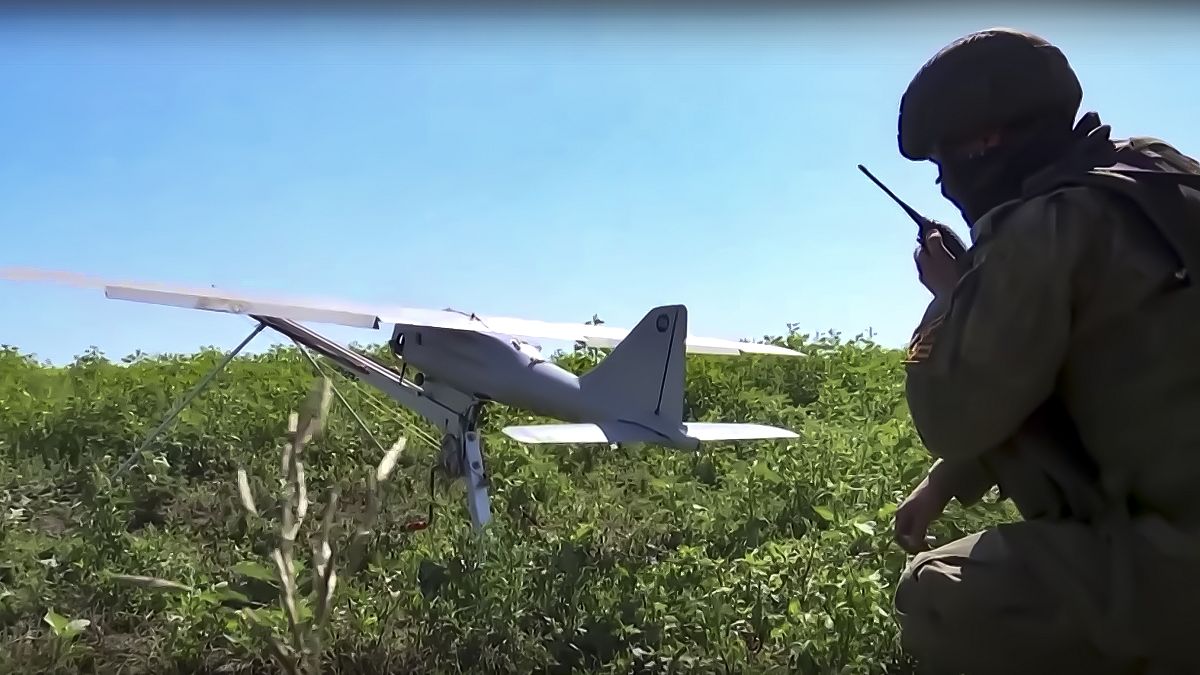Microchips, semiconductors, and other microelectronics from China, the US, and the EU have been found in Russian drones and missiles launched at Ukraine, despite ongoing sanctions. President Volodymyr Zelenskyy reported that over 640 Shahed drones were launched at Ukrainian cities in the first two weeks of September. Vladyslav Vlasiuk, Zelenskyy’s advisor, mentioned that Russian forces are still able to acquire the necessary parts to produce weapons, including missiles and drones, although at a higher cost due to sanctions imposed by the EU. David O’Sullivan, the EU sanctions envoy, highlighted the considerable damage to the Russian military industrial complex as prices for microelectronics have increased significantly.
Nataliia Nestor, Deputy Director of the Kyiv Scientific Research Institute of Forensic Expertise, revealed that experts have conducted studies related to Russia’s military aggression against Ukraine, focusing on identifying priority battlefield products. Components from EU countries were found in various types of missiles, attack drones, and reconnaissance drones used by Russian forces. Dual-use components, commonly found in household appliances, are often used in Russian drones and missiles, allowing Moscow to bypass sanctions through its extensive agent network.
Russia’s ability to adapt to sanctions is reflected in the different sets of parts found in missiles and drones, indicating that they do have an impact. Nestor explained that Russian military producers source components from various countries, making it difficult to cut off the supply entirely. Additionally, Russia has started to produce some components domestically, ensuring that military production will continue despite the sanctions. President Vladimir Putin emphasized the country’s commitment to increasing drone production capabilities during a meeting with the Military-Industrial Commission, with plans to increase production tenfold in the coming year.
Despite efforts to limit the supply of components to Russia, the country continues to produce drones and missiles using foreign parts, maintaining its military capabilities. The ongoing conflict in Ukraine has highlighted the role of microelectronics in modern warfare, with the EU playing a significant role as a source of components for Russian weaponry. The involvement of China and the US in the supply chain also raises concerns about the impact of the conflict on global security and the need for stricter controls on the export of dual-use technologies.
The use of microelectronics in Russian drones and missiles underscores the importance of international cooperation in regulating the trade of sensitive technologies. Efforts to monitor and control the export of components to countries engaged in conflict are essential to prevent further escalation and protect civilians. The role of forensic experts in identifying the origin of components used in military equipment is crucial in enforcing sanctions and holding violators accountable for their actions.
As the conflict in Ukraine continues, the discovery of foreign components in Russian drones and missiles serves as a reminder of the complex web of global supply chains that fuel modern warfare. The ability of military producers to adapt to sanctions and find alternative sources for components underscores the challenges in enforcing restrictions on the export of sensitive technologies. International efforts to address the use of dual-use components in weapons manufacturing are necessary to prevent their misuse and minimize the impact of conflicts on civilian populations.








